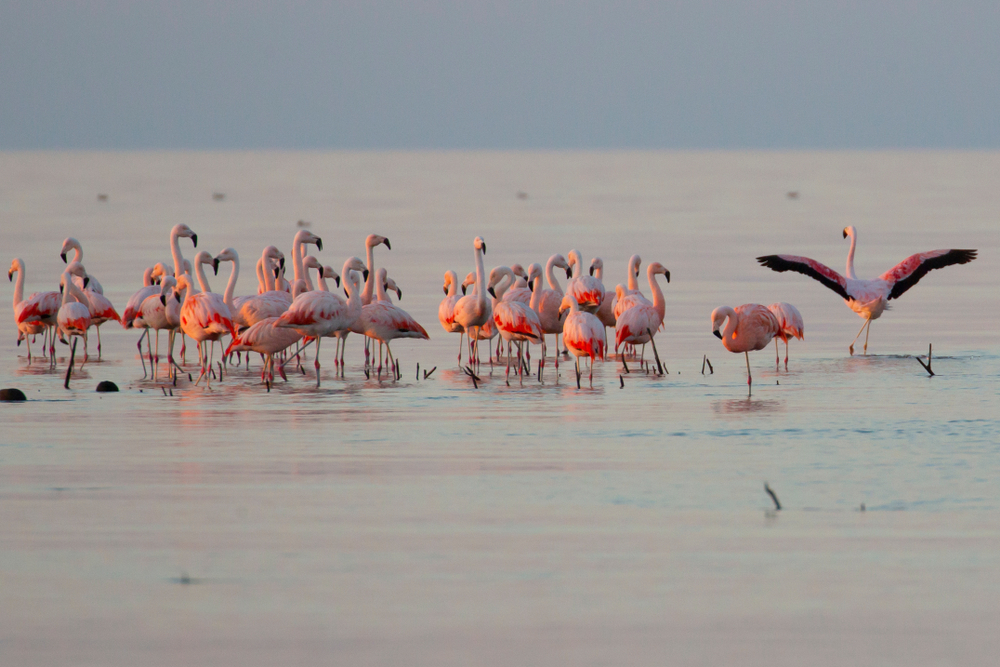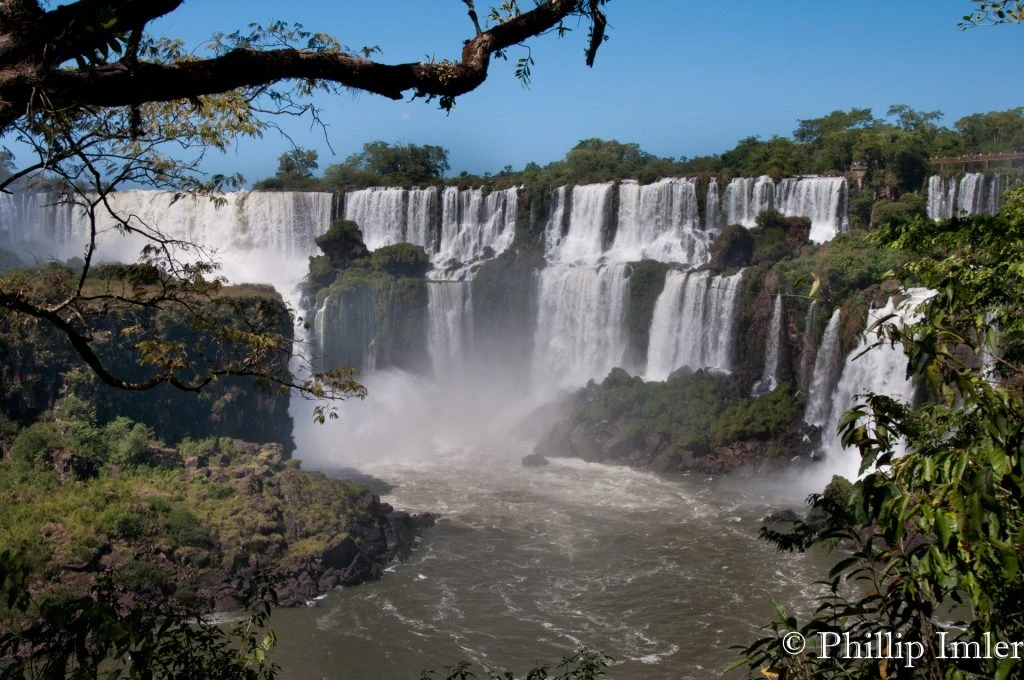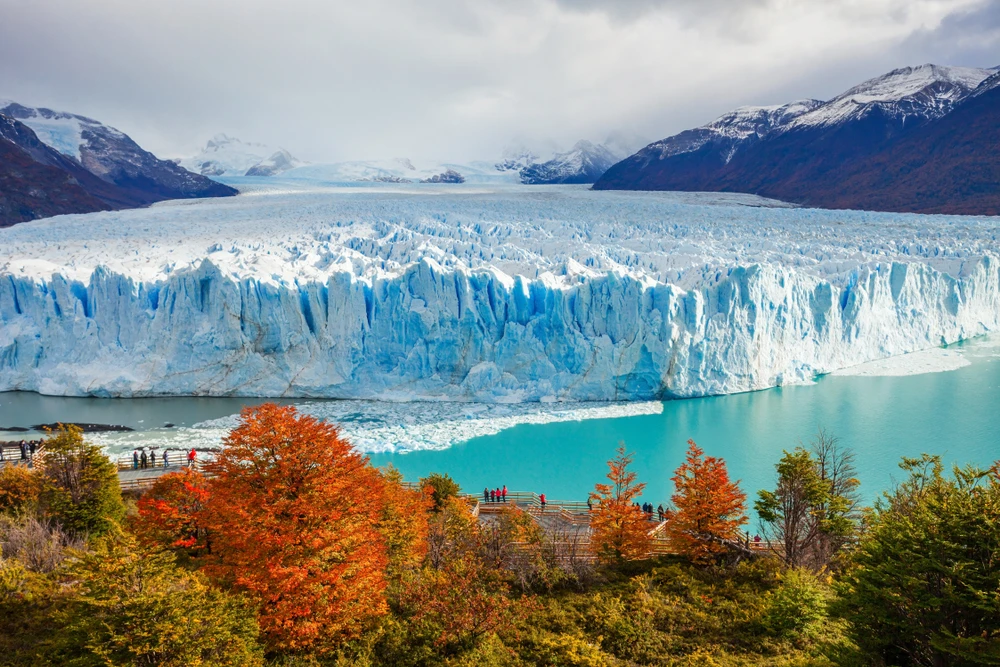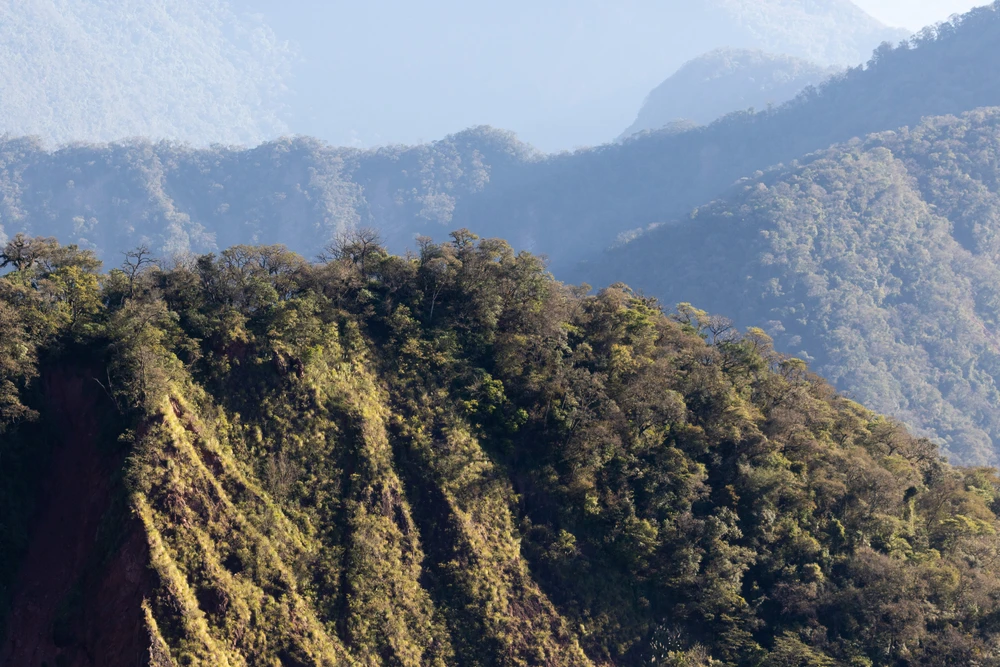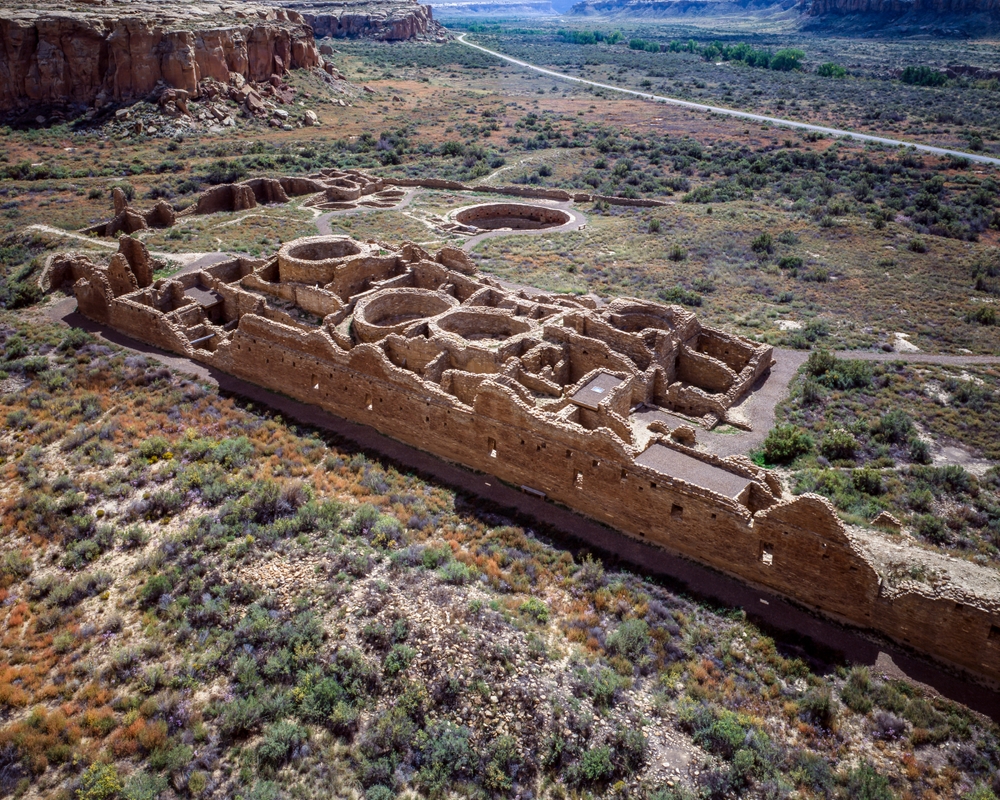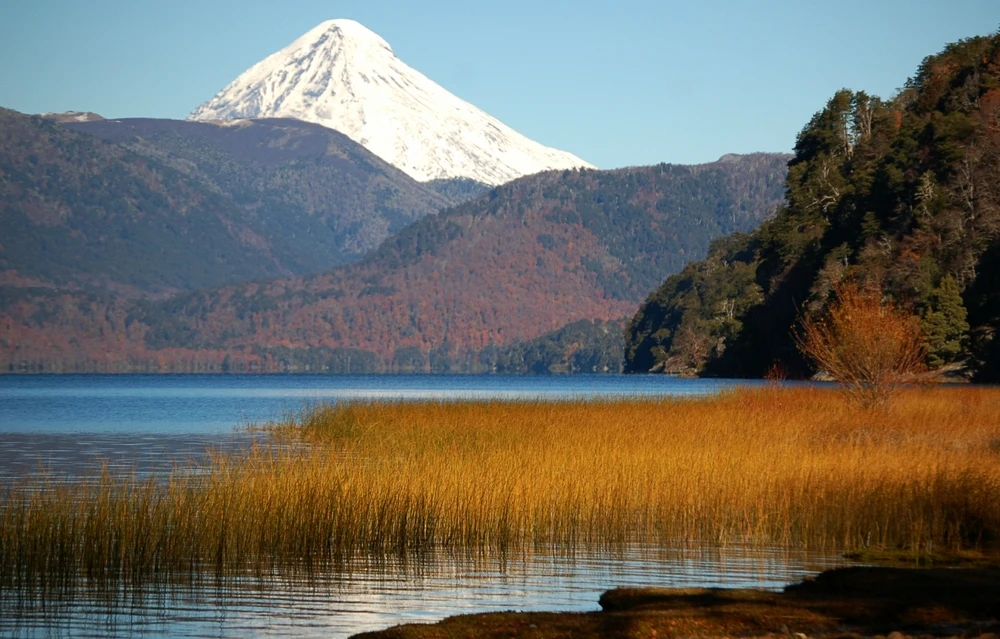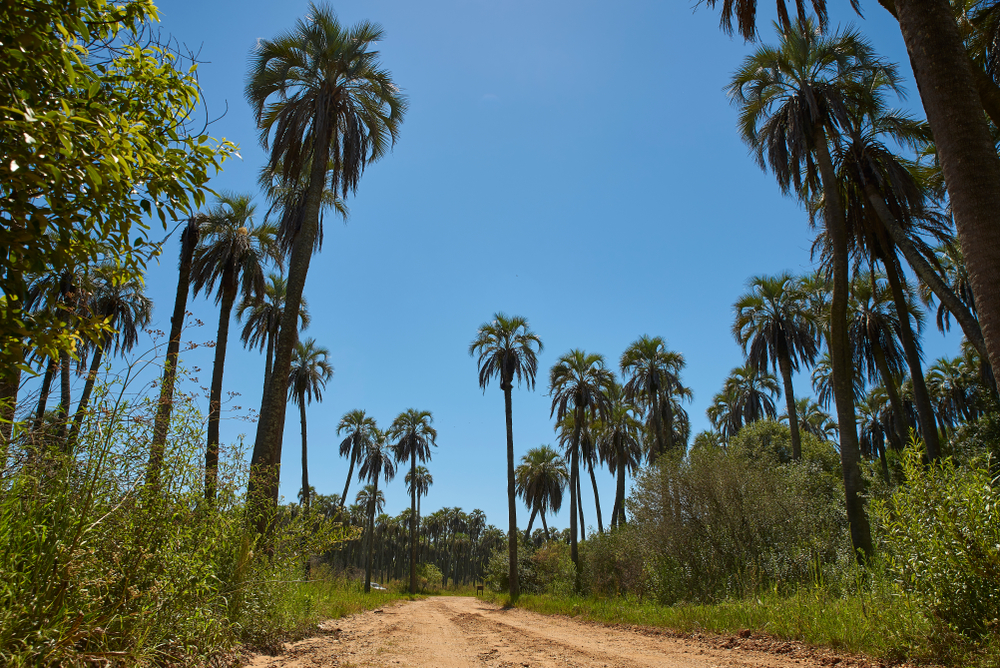Ansenuza Overview
Ansenuza National Park, known locally as Parque Nacional Ansenuza, is located in the Córdoba Province of Argentina. Covering approximately 2,588 square miles (6,688 square kilometers), the park encompasses the vast Mar Chiquita Lake, one of South America’s largest saline lakes, and its surrounding wetlands.
This expansive landscape is characterized by shimmering waters, salt flats, and marshes, creating a unique ecosystem that supports an extraordinary variety of wildlife. The terrain is relatively flat, with low-lying areas dominated by wetlands and grasslands that extend beyond the lake’s shores. The park also features patches of native forest, including species like algarrobo and quebracho trees, which provide shelter for many animals.
The park is a haven for birdlife, particularly migratory and resident waterbirds. Among its most famous inhabitants are flamingos, including the Chilean, Andean, and James’s flamingos, which gather in large numbers, painting the landscape with pink hues.
The wetlands also attract a variety of herons, egrets, and ibis, while raptors such as the peregrine falcon and chimango caracara soar above. Mammals like the capybara, the largest rodent in the world, thrive in the park’s wetlands, while pampas deer roam the surrounding grasslands. Other notable species include the Geoffrey’s cat, coypu, and several types of armadillos. The park’s biodiversity makes it one of Argentina’s most significant sites for wildlife conservation.
One of the park’s most remarkable features is Mar Chiquita Lake itself, a vast and dynamic body of water with fluctuating salinity levels that change with the seasons. The lake and its surrounding wetlands are recognized as a Ramsar Wetland of International Importance due to their role in supporting migratory birds and rich biodiversity.
The park is also home to salt flats and mudflats, which create a visually striking landscape, particularly at sunrise and sunset. Visitors are often drawn to the picturesque scenery, where the interplay of water, sky, and birds offers breathtaking views.
There are many ways for visitors to experience the park. Birdwatching is one of the most popular activities, with guided tours and observation points available for those hoping to spot flamingos and other waterbirds. Photography enthusiasts will find plenty of opportunities to capture the stunning scenery and diverse wildlife.
The lake also offers possibilities for boating and kayaking, allowing visitors to explore its vast waters while taking in the surrounding beauty. Hiking trails meander through different ecosystems, providing a chance to experience the transition from wetlands to dry forests. Cycling is another way to explore the park’s vast landscapes, while cultural tours introduce visitors to the local communities and their traditions tied to the lake.
The park faces conservation challenges, particularly concerning water levels and pollution from agricultural runoff in the surrounding region. Maintaining the delicate balance of the lake’s salinity is crucial for the survival of its diverse bird populations.
Conservation efforts have been successful in designating the area as a national park, which provides greater protection and management for its ecosystems. Ongoing research and monitoring programs aim to safeguard the park’s biodiversity, while ecotourism initiatives help raise awareness about the importance of preserving this unique environment.
With its vast landscapes, rich birdlife, and conservation significance, Ansenuza National Park stands as one of Argentina’s most remarkable natural areas.








































































